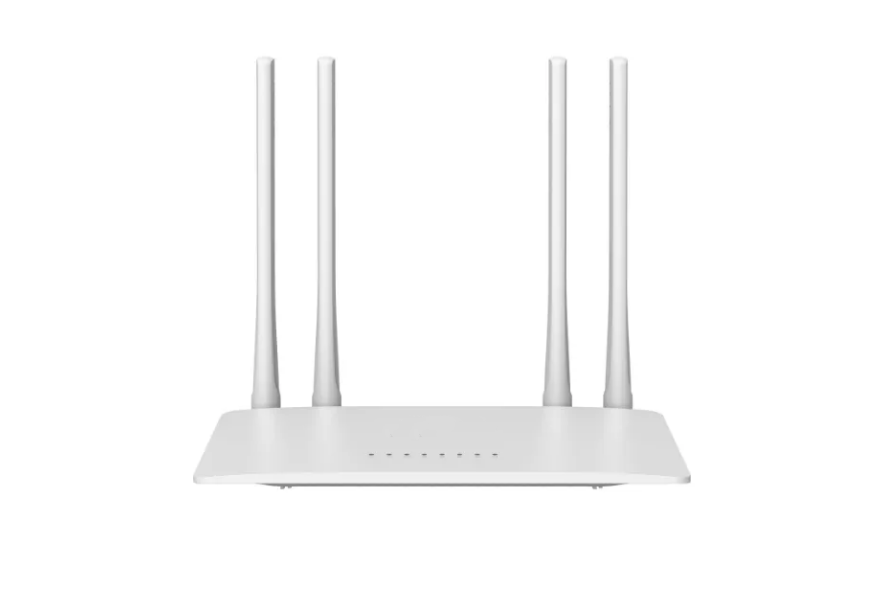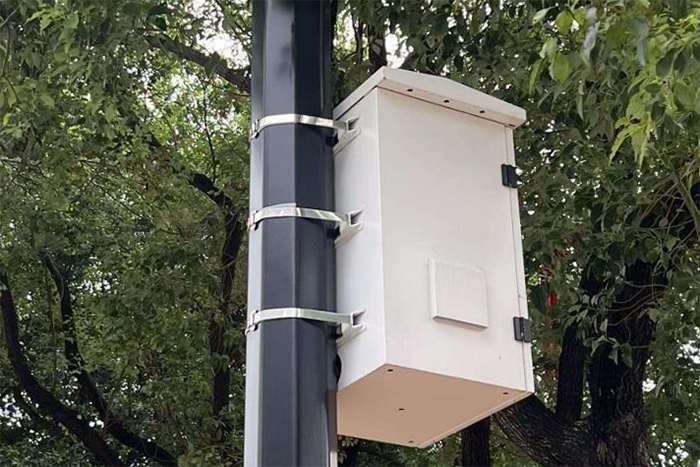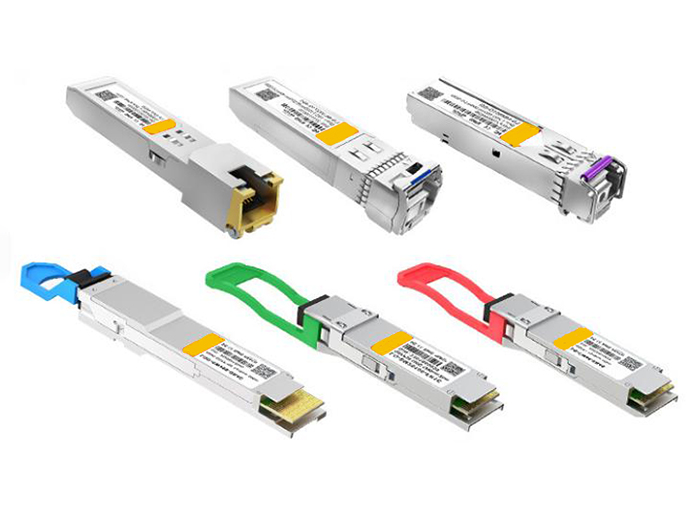
Tired of Weak Wi-Fi? Here's How to Fix It Fast
Slow Wi-Fi can ruin just about anything—from a crucial Zoom call at work to a movie night at home. If you’ve ever found yourself waving your laptop in the air like some digital wizard trying to summon a better signal, you’re not alone. The good news? You don’t have to live with spotty connections forever.
Here are some smart, practical things you can do to get your Wi-Fi back on track—without tearing your hair out or calling IT.
Put Your Router in the Right Spot
Let’s start with the basics. Your Wi-Fi router isn’t a magical box—it needs room to breathe. If it’s stuffed in a closet behind a stack of books or buried under your TV, it’s time to give it some space.
Place it somewhere open and central in your home or office—preferably off the floor and away from thick walls and metal appliances. A little repositioning can make a surprisingly big difference.

Make the Most of Dual-Band (or Tri-Band) Wi-Fi
If your router supports both 2.4GHz and 5GHz, use that to your advantage. The 2.4GHz band gives you better range, while 5GHz offers faster speeds but over shorter distances. Modern routers often balance traffic between the two so you can squeeze out more performance.
Bonus tip: If your router has a third band (tri-band), you’ve got even more room to spread the load. Great if you’re juggling lots of devices.
Bring in a Wi-Fi Extender or Try Mesh
Got dead zones? Hallways or rooms that feel like Wi-Fi black holes? A range extender might help. It grabs your existing signal and rebroadcasts it, pushing it into those hard-to-reach corners.
For larger spaces—or offices—a mesh system might be the better call. It works like a team of routers, handing off the signal as you move around. It’s seamless and way more reliable than a single router trying to do all the heavy lifting alone.
Don’t Let Outdated Gear Hold You Back
If your router is older than your favorite hoodie, it might be time for an upgrade. The newest Wi-Fi 6 routers are built for speed, security, and heavy multitasking. Same goes for your laptops, phones, and other devices—old tech just can’t keep up with newer networks.
Also, don’t forget firmware updates. They’re not just for fixing bugs—manufacturers often roll out performance boosts and better security with them.
Lock Down Your Network
If your Wi-Fi is dragging and you’re not sure why, you might have unwanted guests on your network. Yep, Wi-Fi freeloaders are a thing. Make sure your network is password-protected, and use WPA3 encryption if your router supports it.
Kick off old devices you don’t use anymore, and change your password every once in a while just to keep things clean.
Watch Out for Interference
Wi-Fi hates competition. Microwaves, cordless phones, Bluetooth speakers—they all mess with your signal. Try moving your router away from them if you can. And if you’re getting interference on 2.4GHz, switching to 5GHz might help.
You can also dig into your router’s settings and pick a less crowded channel. It’s not as scary as it sounds, and it can smooth things out if your neighbors are all piling onto the same one.
When in Doubt, Go Wired
Sometimes, the best Wi-Fi solution is... no Wi-Fi at all. For stuff that really needs a solid connection—your gaming console, work PC, or security camera—run an Ethernet cable. It’s old school, but it works. And it frees up bandwidth for your wireless gadgets.
Final Thoughts
Fixing weak Wi-Fi doesn’t have to mean spending a ton or turning your house into a networking lab. Small changes—like tweaking your router placement or upgrading to a mesh system—can go a long way.
And if you’re serious about building a stronger, faster, more reliable connection, Stanford Optics has your back. From robust networking hardware to fiber solutions that keep your office humming, we’re here to help you stay connected, wherever you are.




